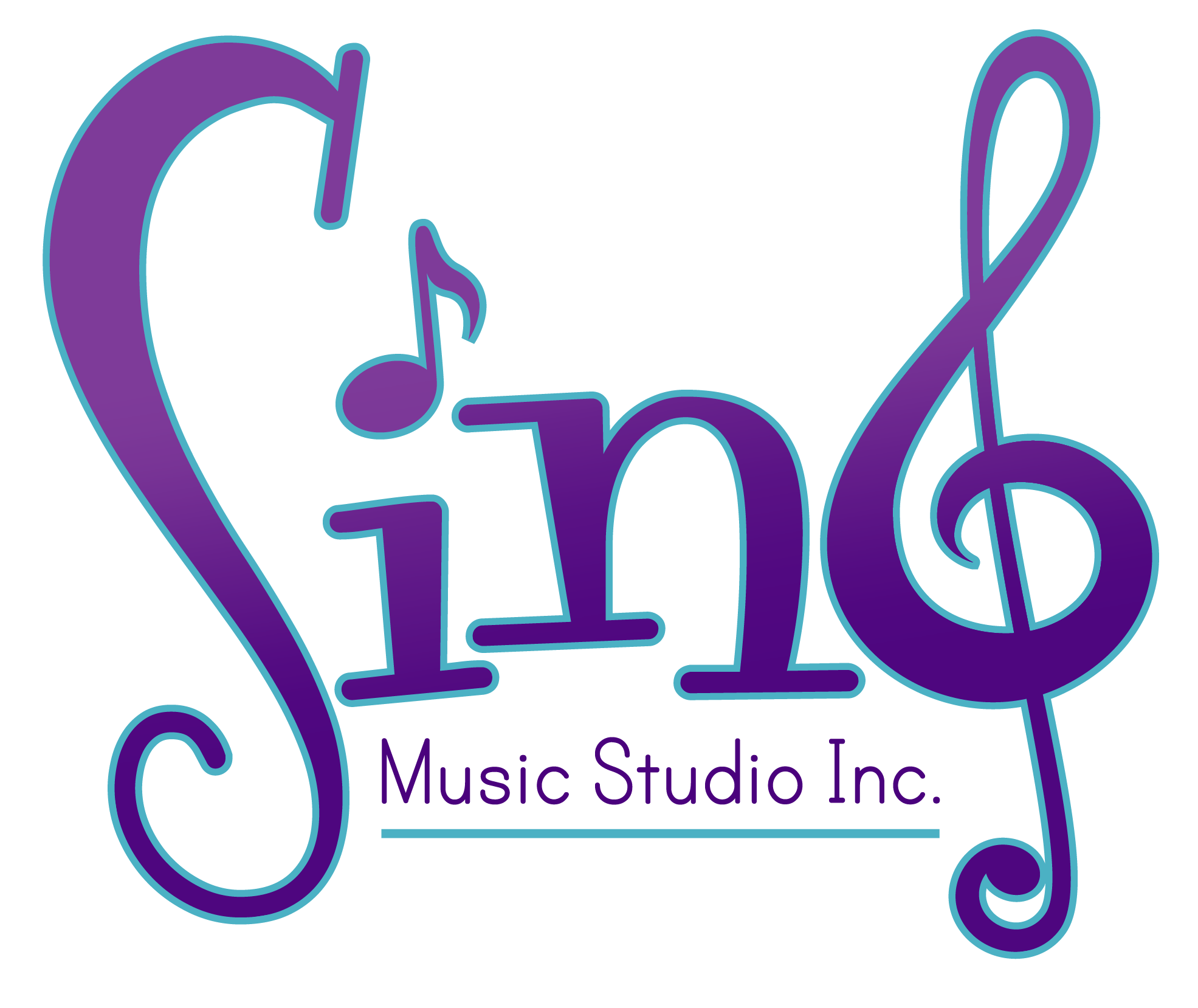We live in a noisy world. Buzzing lawn mowers, phones ringing, cars honking, dogs barking and cats meowing, planes zooming—and those are just the sounds your child makes during play! As adults, most of us know how to tune into important sounds and tune out the rest (well, usually!). Children, however, need to learn how to identify and discriminate between sounds and tune into those sounds that matter most—like the sound of your voice instead of the sound of a toy.
During the school years, children will spend an estimated 50 to 75 percent of classroom time listening to the teacher, to other students, or to media. Developing strong active listening skills will prepare your child for classroom learning, including language and literacy development. Each week in Kindermusik we provide many opportunities for your child to practice active listening skills. So, when we intently listen for the sounds of the pipe organ in a Bach piece, use the wood blocks to produce a Staccato sound, or move smoothly with streamers when we hear the the music change from Staccato to Legato, your child is practicing active listening.
Everyday connection: M is for? Make a letter sound and ask your child to identify the letter and to name an animal that starts with that sound. How would that animal move? What would it sound like? Pick another letter. Try whispering so your child can practice listening even more intently to the sound of your voice.

